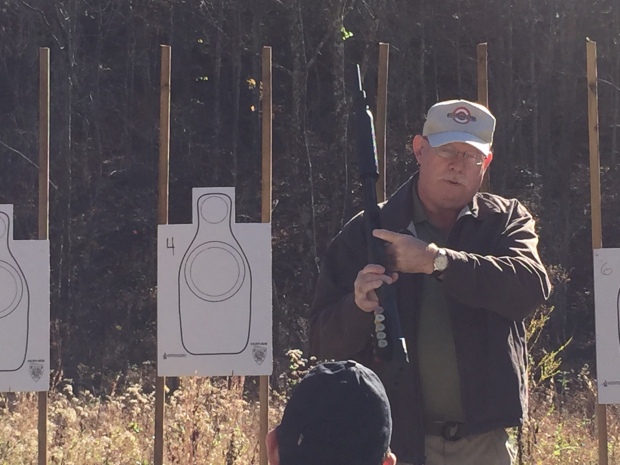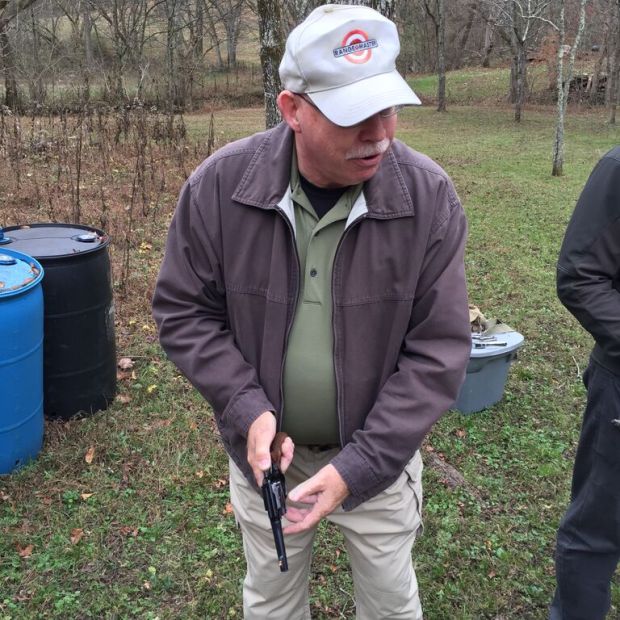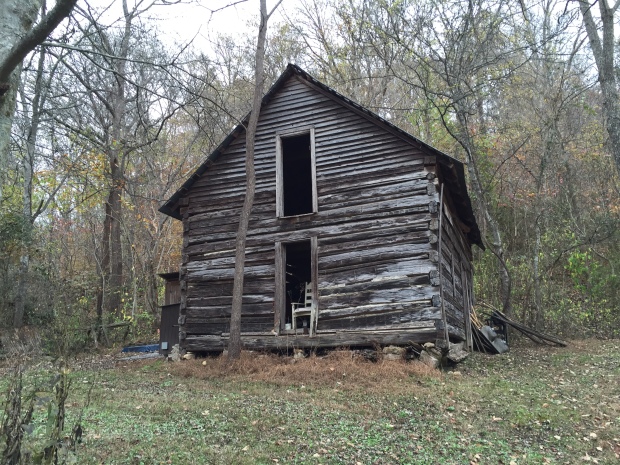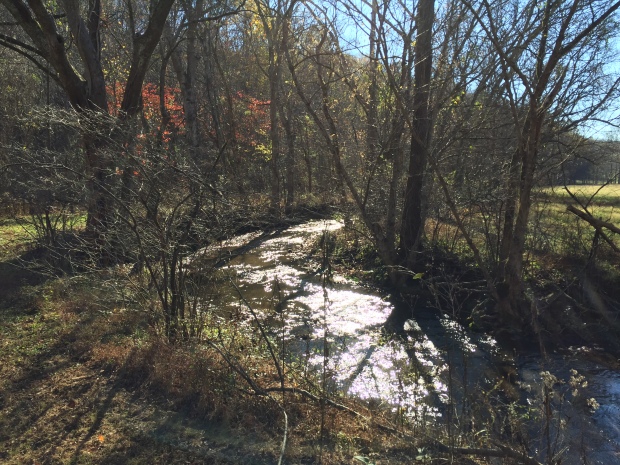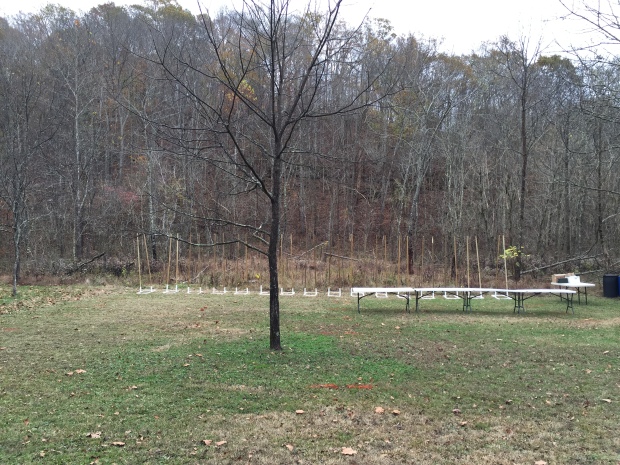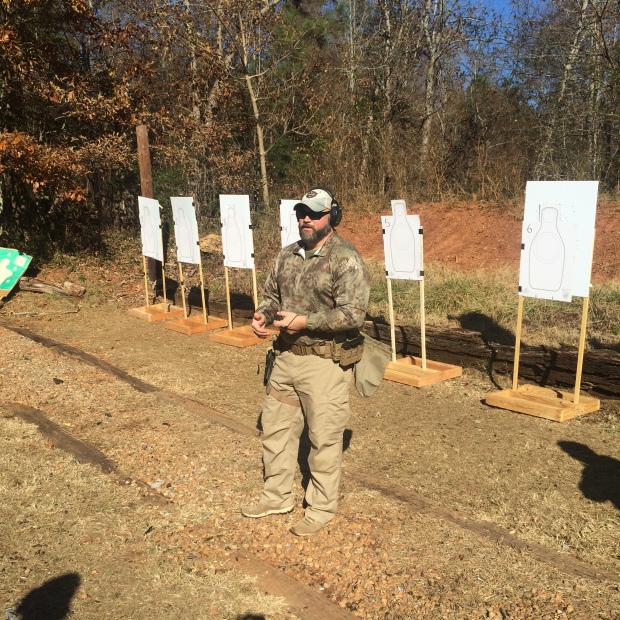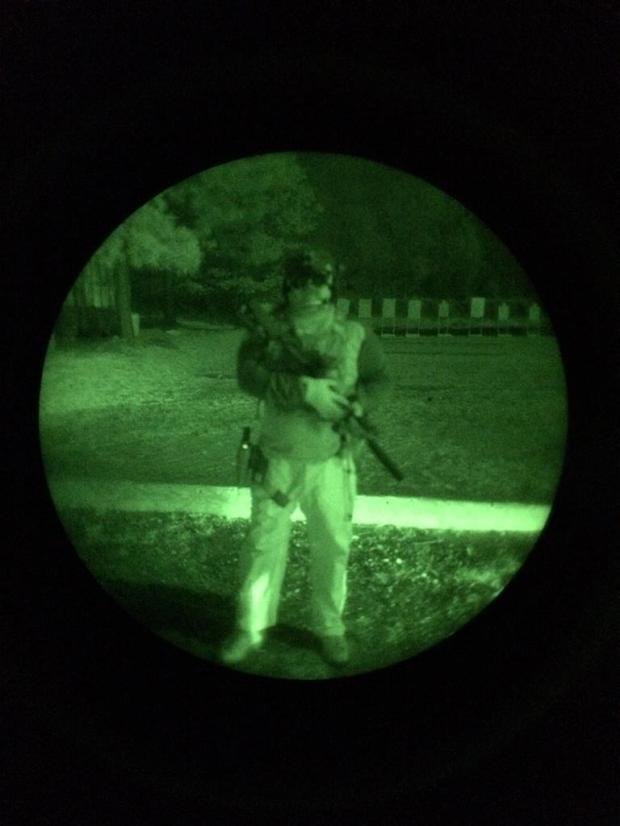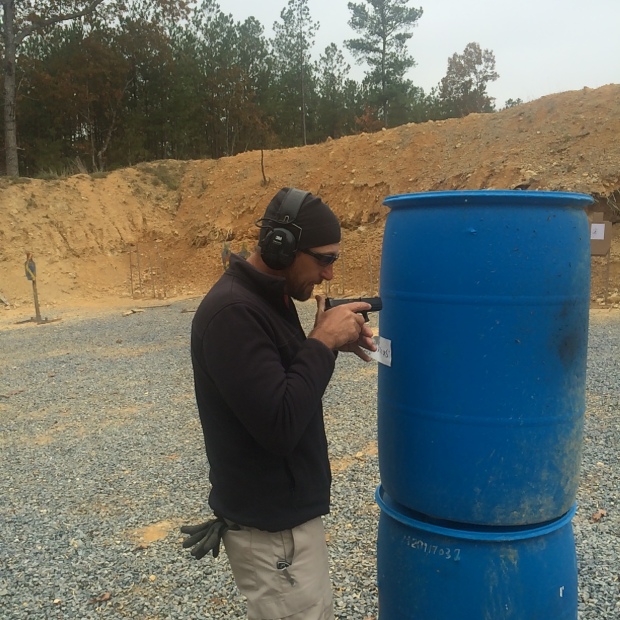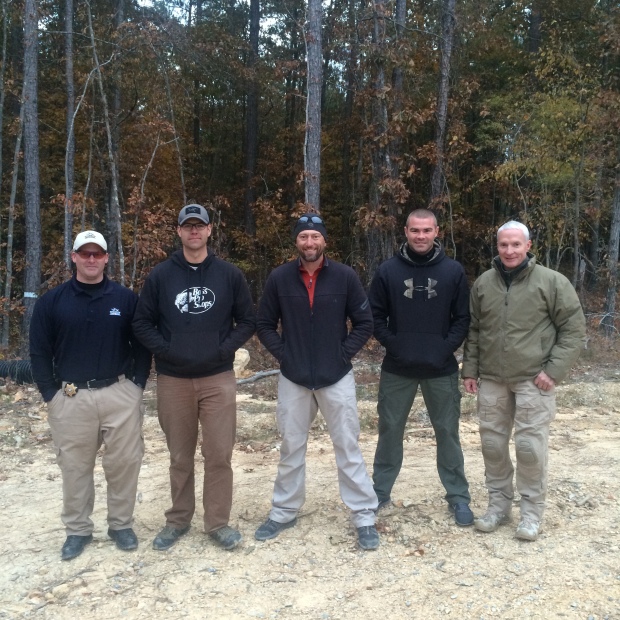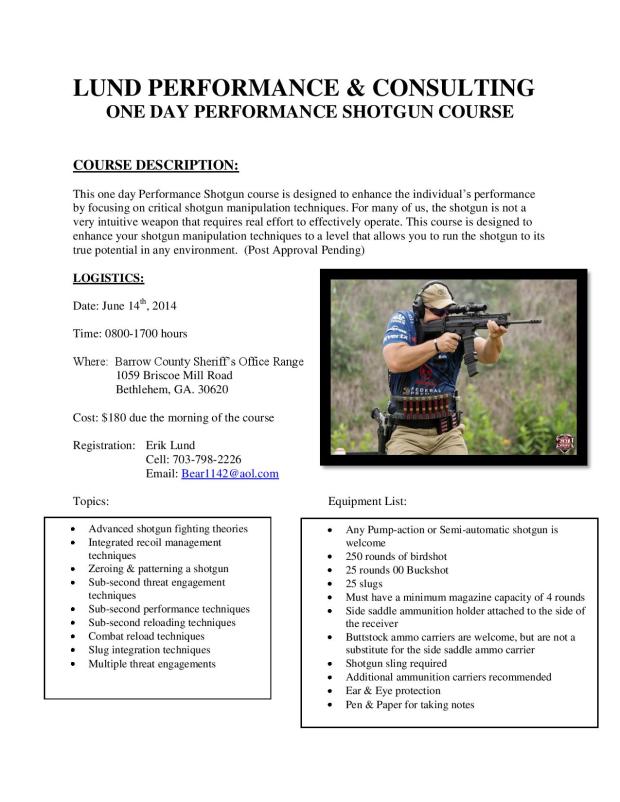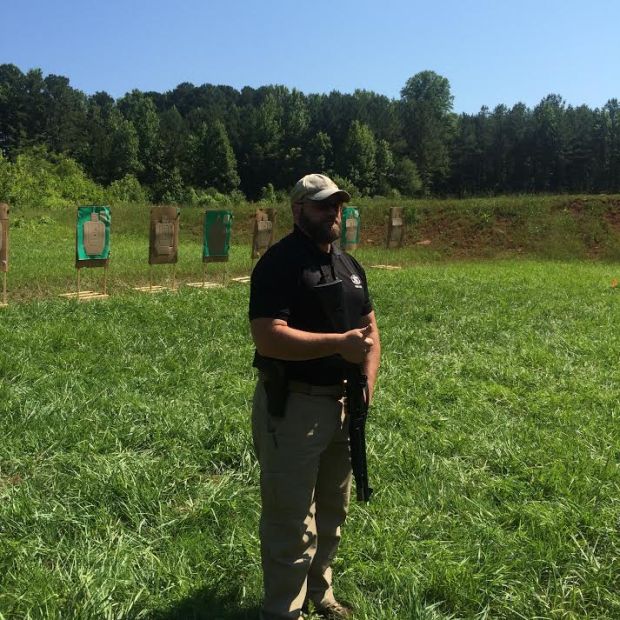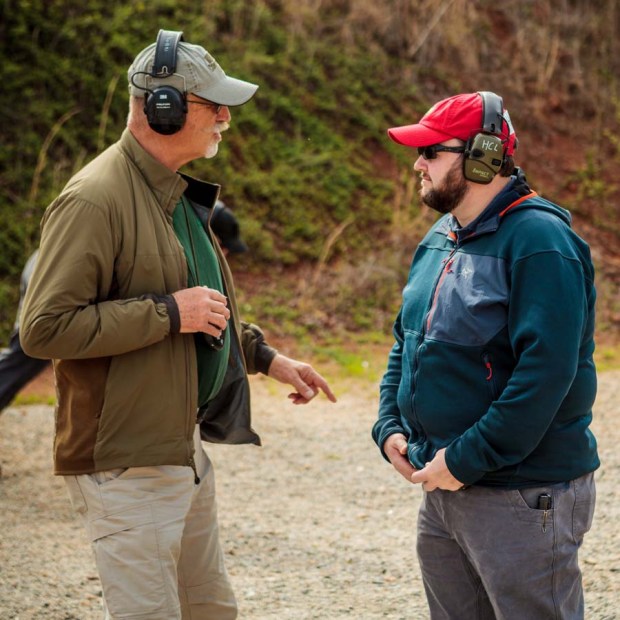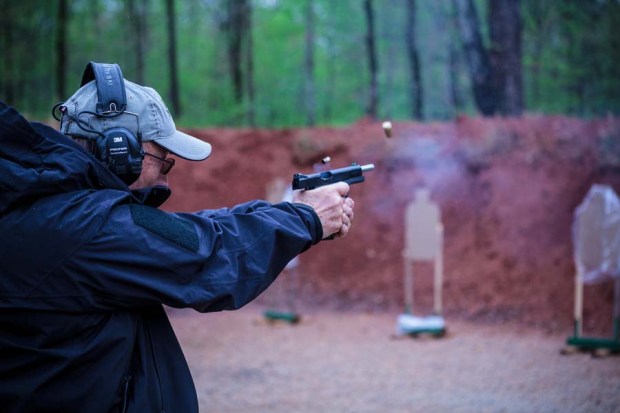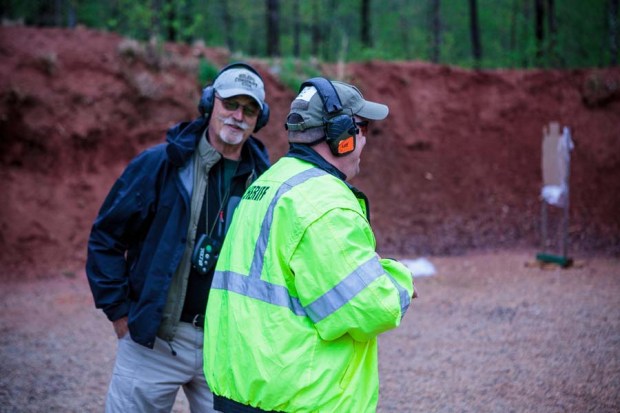I first became aware of The Complete Combatant due to their hosting Caleb Causey of Lone Star Medics for one of his medical courses. Caleb is a a regular presenter at the Rangemaster Tactical Conference, and that is how I met him. I attended the course, that is how I met Brian and Shelley Hill, the owners of The Complete Combatant. This introduction resulted in Brian and Shelley hosting two of my Police-Citizen Contacts courses. They have another class with Caleb coming in September; so, be sure to check their schedule IF you aren’t planning to spend that weekend with me at Social Levergun. Quality medical training should be a part of your personal safety plan, and Caleb has a solid program.
Another example of the classes that they are bringing in to augment their own offerings, they hosted Andrew Branca’s Law of Self Defense course. Andrew’s material is a “must” for the armed citizen. He provides valuable information that is grounded in actual statutory and case law without getting wrapped around bogeyman and interweb fantasy stories. Also of note, Brian has completed the Law of Self Defense instructor course. I have attended Andrew’s presentation at the Tactical Conference, and this was a good opportunity to get the full two-day presentation. I have purchased his book, and hope to do a stand alone review of his material at some point, but again, it is a “must”.
This weekend, the timing finally worked out for me to take their 1.5 day The Complete Combatant course. This class is taught at their facility in Marietta. The first day begins at 4:00 PM and runs for four hours. The second day begins at 9:00 AM and runs until 5:00 PM. It’s a full day of training as there is a presentation during lunch. For this class, the presentation was me talking about Police-Citizen Contacts. I have presented on this dozens of times, but this was the first time I had to do so after getting smacked in the head.
The course material was intense, but the teaching style was relaxed. I very much appreciated this approach. While the material did involve striking and ground fighting, it wasn’t a gladiator camp with a bunch of MMA folks having fun with fresh meat, and the coaches weren’t screaming or telling students, “If you can’t execute a perfect rear naked spinning death punch your are going to die.” It was solid, simple techniques that one didn’t have to have a martial arts background to learn and actually utilize. The lessons built upon one another culminating in a final scenario. There were numerous alumni in this class session (customers who came back, that’s a clue), and their scenarios took this into account. I liked this approach as it put an added value on students who wanted a refresher in the course work but who wanted to face greater challenges. The more we master physical techniques, the more our brain’s processing power can be devoted to the problem. Likewise, students weren’t thrown to the wolves.

Brian Hill, Claude Werner, and Lee Weems
Finally, noted instructor, Claude Werner, audited the course at Brian and Shelley’s request. This indicates two things. First, they are confident in their material as they aren’t afraid of asking someone who isn’t bashful about his opinions to look at their coursework. It also shows that they are seeking a learned opinion to offer suggested improvements.
They have other course offerings that would work well for those who can’t devote an entire weekend to such a class. Give them a look.
